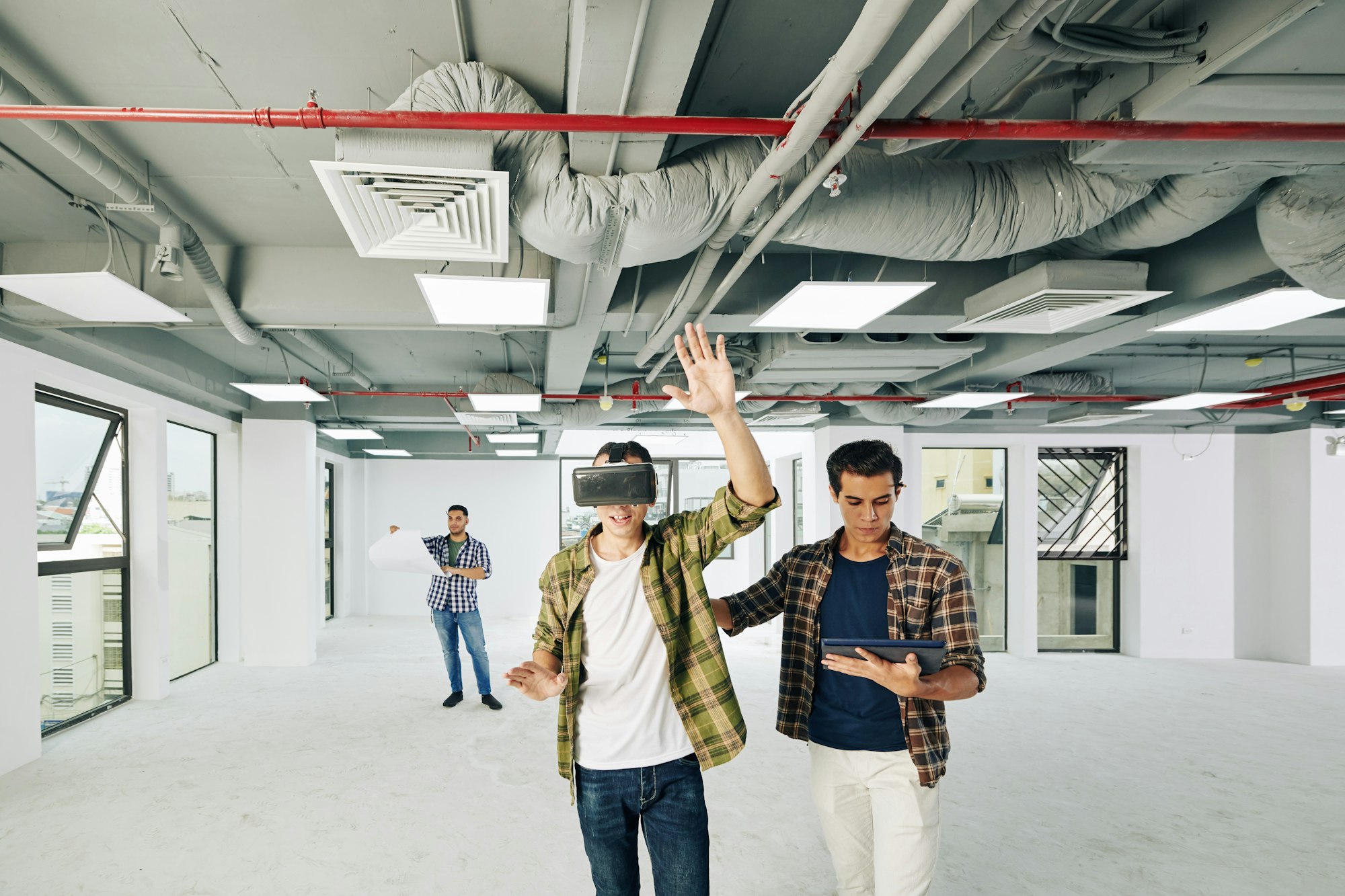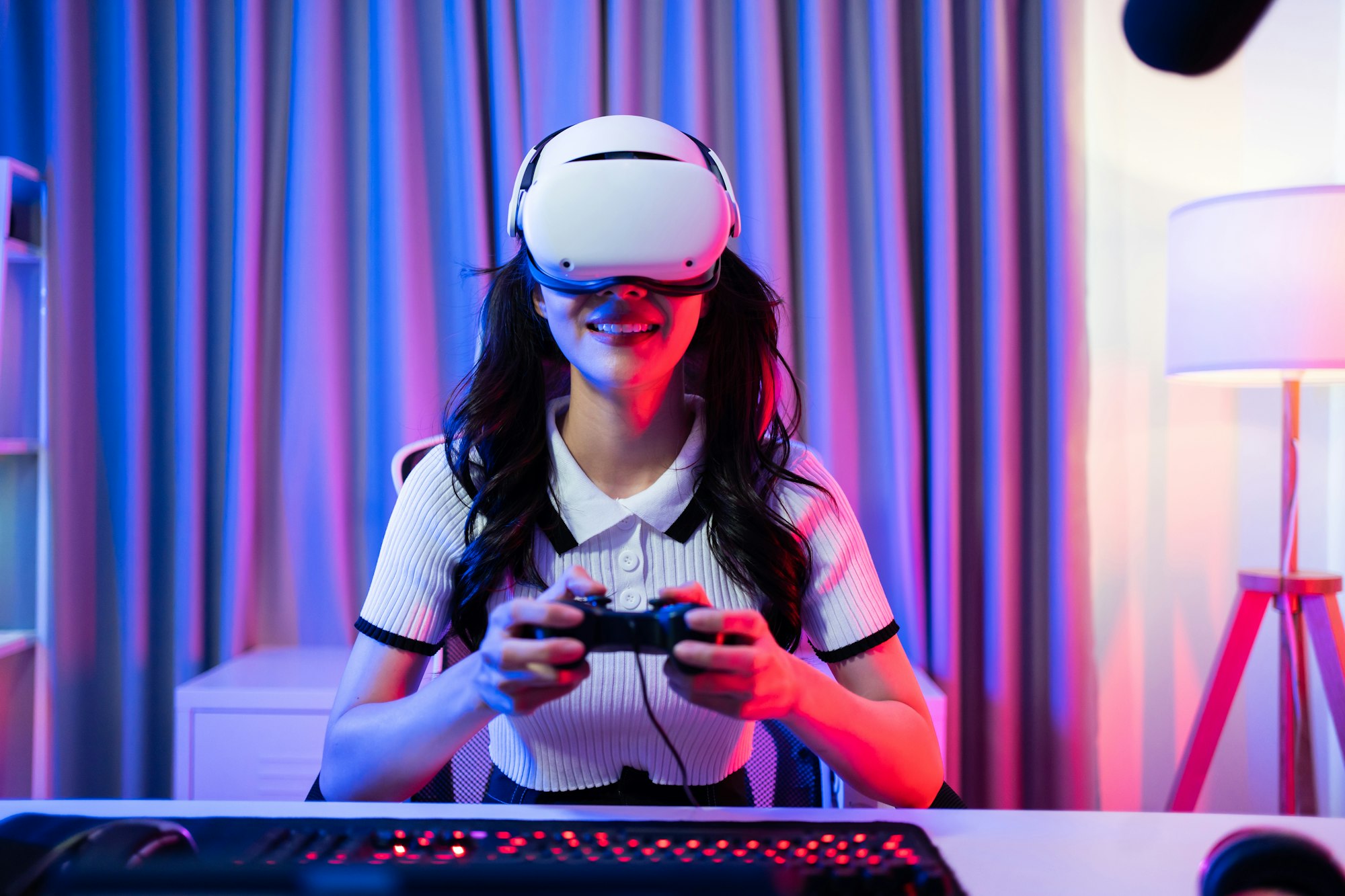The shopping experience is evolving rapidly, driven by the integration of augmented reality (AR) technology. Augmented reality overlays digital information onto the real world, offering an interactive and immersive experience. This technological innovation is revolutionizing the retail sector, providing new ways for consumers to shop and for businesses to engage with their customers. Let’s explore how AR is transforming shopping and retail experiences.
1. Understanding Augmented Reality
1.1 What is Augmented Reality?
Augmented reality (AR) is a technology that enhances the real world by overlaying digital content, such as images, videos, and sounds, onto a user’s view. Unlike virtual reality (VR), which creates a completely virtual environment, AR enhances the existing environment by adding digital elements to it.
1.2 Key Features of AR
- Interactivity: AR provides an interactive experience where users can manipulate and engage with digital content in real time.
- Immersion: AR creates an immersive experience by blending digital content seamlessly with the physical world.
- Accessibility: AR can be accessed through various devices, including smartphones, tablets, and AR glasses, making it widely accessible.
2. Enhancing the Shopping Experience
2.1 Virtual Try-Ons
One of the most popular applications of AR in retail is virtual try-ons. This technology allows customers to see how products, such as clothing, accessories, and makeup, look on them without physically trying them on. Retailers like Sephora and Warby Parker use AR to let customers try on products virtually, enhancing the shopping experience and reducing the need for physical inventory.
2.2 Interactive Product Displays
AR can transform static product displays into interactive experiences. For example, customers can point their smartphones at a product to see additional information, such as reviews, specifications, and usage instructions. This added layer of information helps customers make informed purchasing decisions and enhances their engagement with the brand.
2.3 Personalized Shopping Experiences
AR enables personalized shopping experiences by allowing customers to visualize products in their own space. Furniture retailers like IKEA and Wayfair offer AR apps that let customers see how furniture will look in their homes before making a purchase. This personalization helps customers feel more confident in their buying decisions.
3. Transforming Retail Operations
3.1 Inventory Management
AR is also transforming retail operations behind the scenes. AR-enabled devices can assist in inventory management by providing real-time data on stock levels, helping retailers optimize their supply chains and reduce costs. Store associates can use AR glasses to quickly locate products in the warehouse and check inventory without leaving the sales floor.
3.2 Enhanced Customer Service
AR can improve customer service by providing store associates with instant access to product information and customer preferences. This information allows associates to offer personalized recommendations and assistance, enhancing the overall customer experience. Retailers like Lowe’s are using AR to train employees and improve customer interactions.
3.3 In-Store Navigation
Large retail stores can be challenging to navigate, but AR can help. AR navigation apps guide customers to the products they’re looking for, enhancing the in-store shopping experience. These apps can also highlight promotions and provide additional product information as customers move through the store.
4. Marketing and Engagement
4.1 AR Advertising
AR is revolutionizing advertising by creating interactive and engaging ad experiences. Brands can use AR to create ads that customers can interact with, such as trying on virtual products or seeing how items would look in their environment. This interactive approach increases customer engagement and brand recall.
4.2 Social Media Integration
AR filters and effects on social media platforms like Instagram and Snapchat are popular marketing tools. Brands create AR filters that users can apply to their photos and videos, increasing brand visibility and engagement. These filters often go viral, providing a significant boost to brand awareness.
4.3 Gamified Shopping Experiences
Gamification is another way AR enhances retail experiences. Brands can create AR games that encourage customers to interact with their products in fun and engaging ways. For example, scavenger hunts using AR can drive foot traffic to physical stores and increase customer engagement with the brand.
5. Future of AR in Retail
5.1 Integration with AI and Machine Learning
The future of AR in retail will likely involve integration with artificial intelligence (AI) and machine learning. These technologies can analyze customer behavior and preferences to provide even more personalized and predictive shopping experiences. AI-powered AR can recommend products based on past purchases and browsing history, making the shopping experience more intuitive and efficient.
5.2 Development of AR Glasses
As AR glasses become more advanced and affordable, they will play a significant role in the future of retail. These wearable devices will provide hands-free access to AR experiences, enhancing both customer shopping and employee operations. Companies like Apple and Google are already investing heavily in AR glasses, indicating a promising future for this technology.
5.3 Expansion of AR in E-commerce
The integration of AR in e-commerce is set to expand, providing online shoppers with the same interactive experiences as in-store customers. Virtual showrooms, 3D product visualizations, and virtual consultations will become standard features of online retail platforms, bridging the gap between digital and physical shopping experiences.
Conclusion
Augmented reality is transforming the retail landscape, offering innovative solutions that enhance the shopping experience and streamline retail operations. From virtual try-ons and personalized shopping to interactive product displays and gamified experiences, AR is revolutionizing how consumers shop and how businesses operate. As technology continues to evolve, the integration of AR in retail will become more sophisticated, providing even greater opportunities for engagement and growth. Embracing AR is not just a trend; it’s a pivotal shift towards a more interactive, immersive, and customer-centric retail experience.








